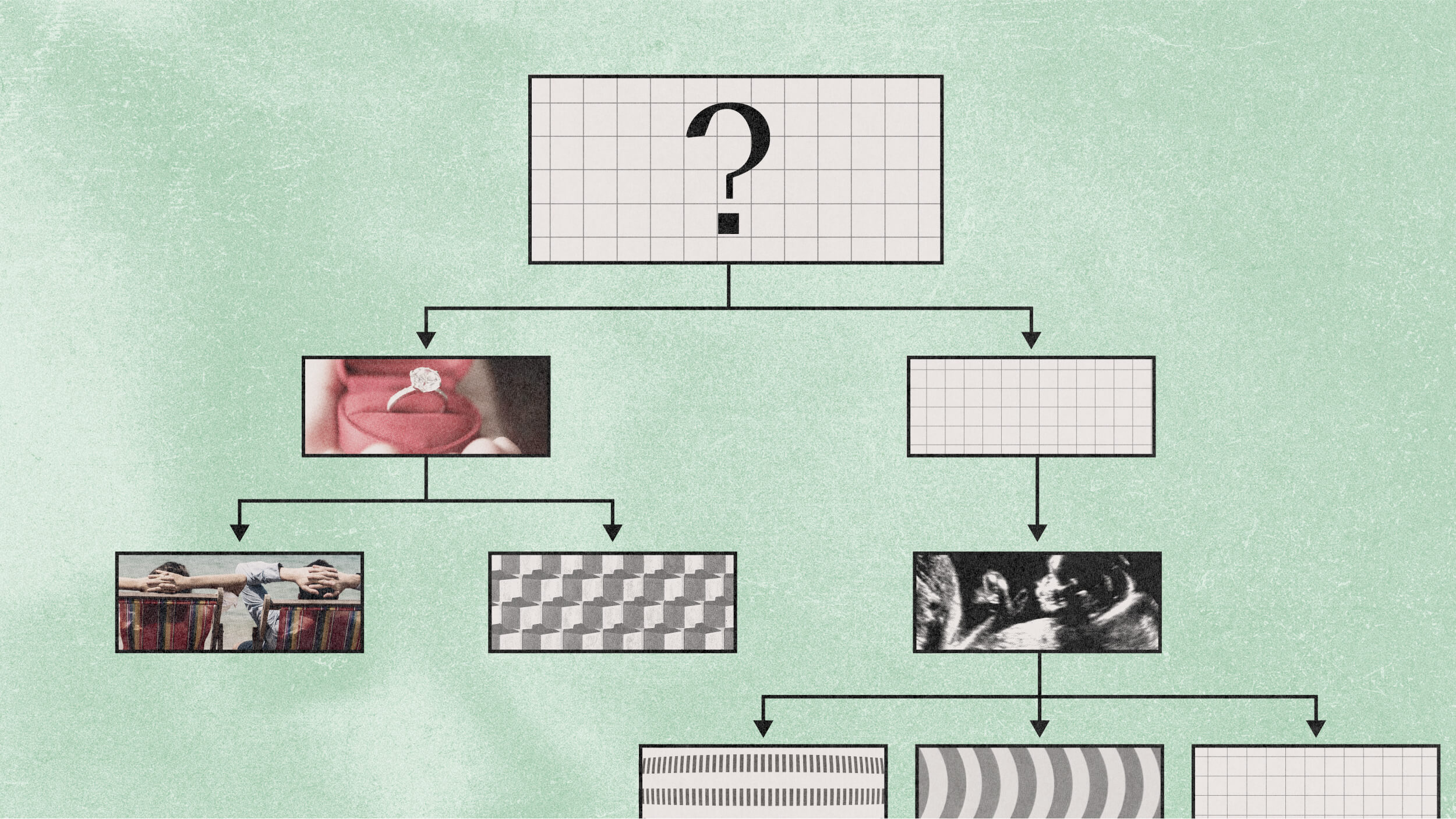Teens have one key agenda when using social media

While confirming what many would consider obvious to anyone who knows a teenager, a new study provides some fascinating details on how teens use social media.
About 92% of all teens go online daily, with 71% of them using Facebook and 52% getting on Instagram. The average amount of time the teens spend on these online activities ranges from two to five hours per day. The recent study from the University of California, Irvine (UCI) tells us that when they are online, teens are concerned with how they present themselves.
Teens make a real effort to create a favorable internet presence by thinking about how they select the photos, activities, and links that they post on Facebook and Instagram. They want to share content that makes them seem interesting and liked by others. Being attractive to their peers is the main consideration in how young adults makes online decisions.

A group of teens takes a photograph with a smartphone in Times Square, December 1, 2017, in New York City. (Photo by Drew Angerer/Getty Images)
The lead author Joanna Yau, a UCI Ph.D. candidate in education, stressed how deliberate the teens are in their posting habits:
“Teenagers aren’t just posting carelessly; they’re surprisingly thoughtful about what they choose to reveal on social media,” said Yau. “Peer approval is important during adolescence, especially in early adolescence, so they’re sharing content that they think others will find impressive.”
Facebook and Instagram give teens an opportunity to connect with friends but also with people they may not be all that close to, like classmates. Unlike other real-life situations, posting on social media allows you time to select and edit what you will be posting, giving teens the opportunity to carefully consider what image they will be presenting to the world. They spent the effort on picking just the right angle, filter and caption.
For girls, the researchers found, putting together favorable images might involve a prolonged deliberation and getting advice from close friends. Unlike boys, girls also tend to get their friends to comment on and like their posts in order to boost their popularity. They may also be more aware of when the peak social media traffic hours are when likes can be maximized.
“We found that some teens invested great effort into sharing content on Facebook and Instagram and that what may seem to be an enjoyable activity may actually feel tedious,” Yau explained. “Their social rules for online interaction require a higher level of sensitivity than do those for in-person communication. Even interesting and positive posts can be interpreted negatively. For example, sharing about college admissions could come across as pretentious and prideful.”
The study involved 51 teens (27 females, 24 males) from Southern California.
If you’re wondering what happens to these teens when they become adults, studies show that the average amount of time American adults spend online is also around five hours. So the social-media-obsessed teen is likely to become a social-media-obsessed adult.
Read the new study here.




